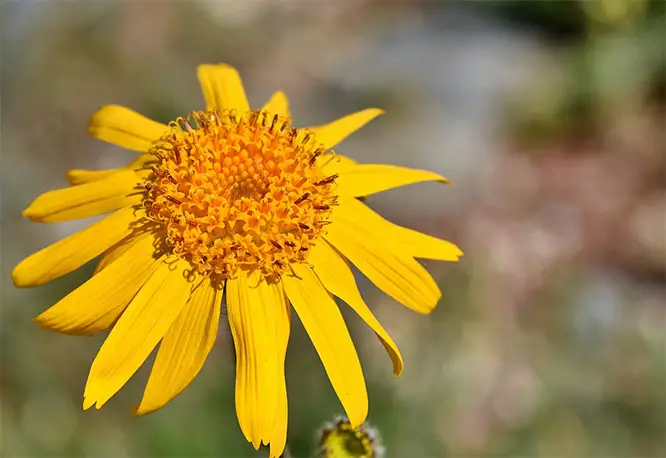Evaluating Arnica’s Effectiveness for Treating Bruises and Contusions

Exploring Arnica’s Potential for Treating Bruises and Contusions
Arnica, scientifically known as Arnica montana, is a member of the sunflower family, easily recognized by its bright yellow flowers and typically grows to about 24 inches in height. The plant’s medicinal value lies primarily in its flower heads.
Historical Use of Arnica for Healing Bruises
For centuries, Native North American cultures have used arnica to treat a variety of ailments, including bruises, muscle pain, and wounds. Today, it’s widely used in both oral and topical homeopathic remedies for injuries such as contusions, sprains, and strains. Its broad range of health and medical benefits has kept it popular in modern natural medicine. For more detailed information on arnica products, visit this page.
Arnica’s Healing Properties
Native to Europe, Arnica montana—also known as Mountain Tobacco—has a long history of medicinal use. The plant thrives in high-altitude mountainous areas, blooming between July and September. Traditionally, arnica extracts have been used to treat a variety of conditions such as bruises, muscle pain, inflammation, wounds, eczema, and insect bites.
Across different cultures, arnica was taken orally or applied to the skin to speed up recovery from injuries or surgeries. Interestingly, in the early 1900s, arnica ointment was used to prevent bruising during childbirth! While modern research primarily focuses on arnica’s anti-inflammatory properties, more studies are needed to fully confirm these historical uses.
Arnica’s Role in Treating Bruises and Contusions
Arnica is commonly used as a homeopathic remedy for bruises and contusions. Bruises result from damage to the blood vessels under the skin, while contusions—also known as crush injuries—occur when body tissues are injured without breaking the skin. Applying arnica early can reduce bruising by speeding up the healing of damaged blood capillaries.
Studies have shown arnica to be effective in treating pain and inflammation related to various conditions, including bruises, carpal tunnel syndrome, and sciatica. Its ability to reduce pain and swelling makes it particularly beneficial for minor injuries.
Using Arnica Ointment or Gel
There’s no single way to use arnica ointment or gel; the best approach may vary depending on the individual’s needs. It’s important to consult with a healthcare professional before taking arnica orally, particularly if you are pregnant or breastfeeding. Be sure to avoid contact with mucous membranes, and conduct a patch test to ensure your skin does not react negatively.
Potential Side Effects and Conclusion
While generally considered safe, some individuals may experience skin irritation or a rash when using arnica. Pregnant women should avoid contact with mucous membranes when using it topically. Start with a small dose and increase as needed, following your doctor’s guidance. When used correctly, arnica can help reduce bruising and contusions by improving circulation and speeding up the healing process, with minimal side effects.




